Guardia V. di Notaresco. Abbey of S. Clemente al Vomano
2024
The Abbey of San Clemente al Vomano is a Catholic place of worship in Abruzzo that stands on the top of a small hill, not far from Guardia Vomano di Notaresco, in the province of Teramo.
You may also like
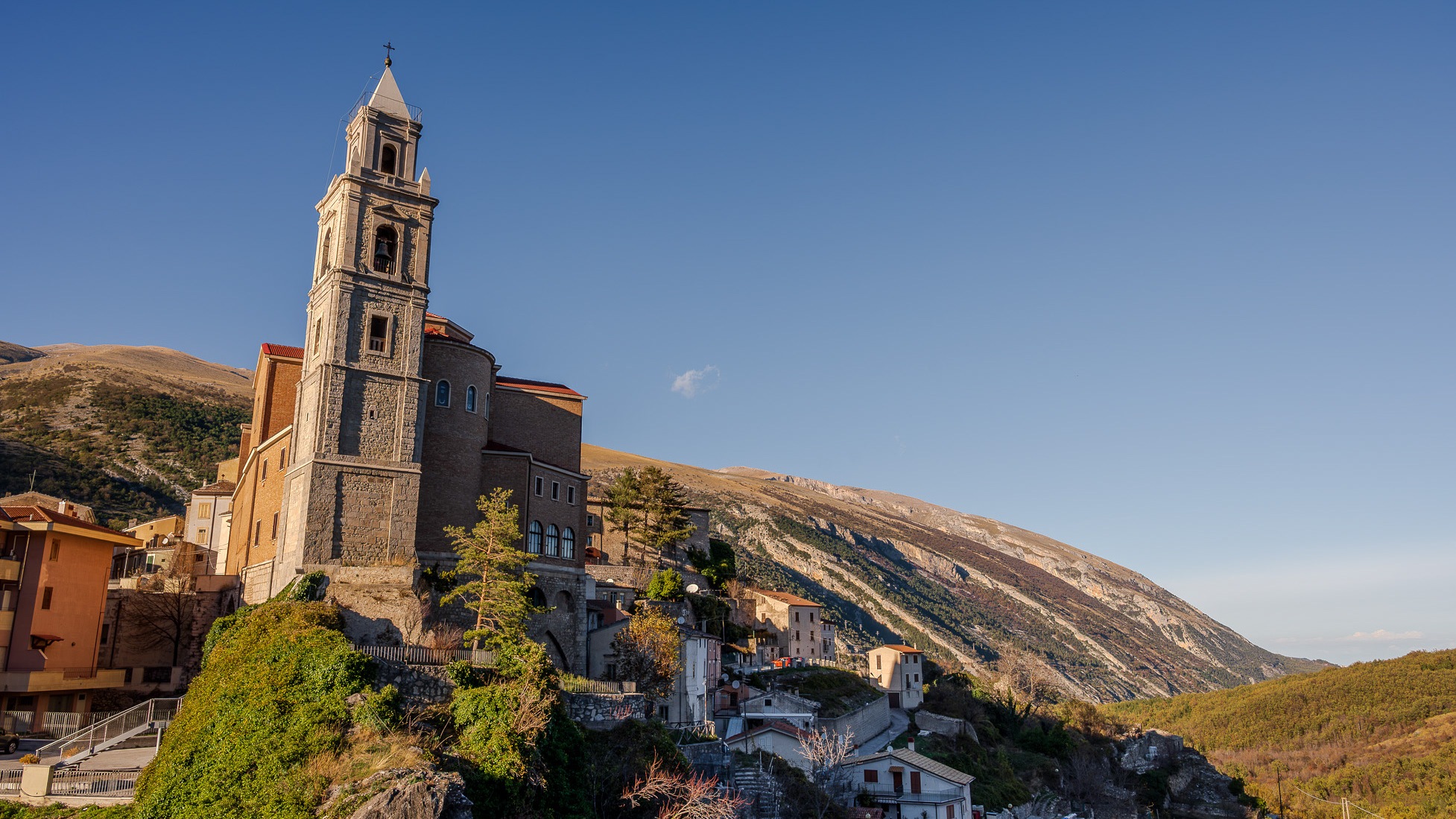
2023
Palena, Church of San Falco and Sant'Antonino
Parish church of the town, it was built in the 12th century, after the earthquake of 1706, it was built again, however maintaining the 14th century bell tower
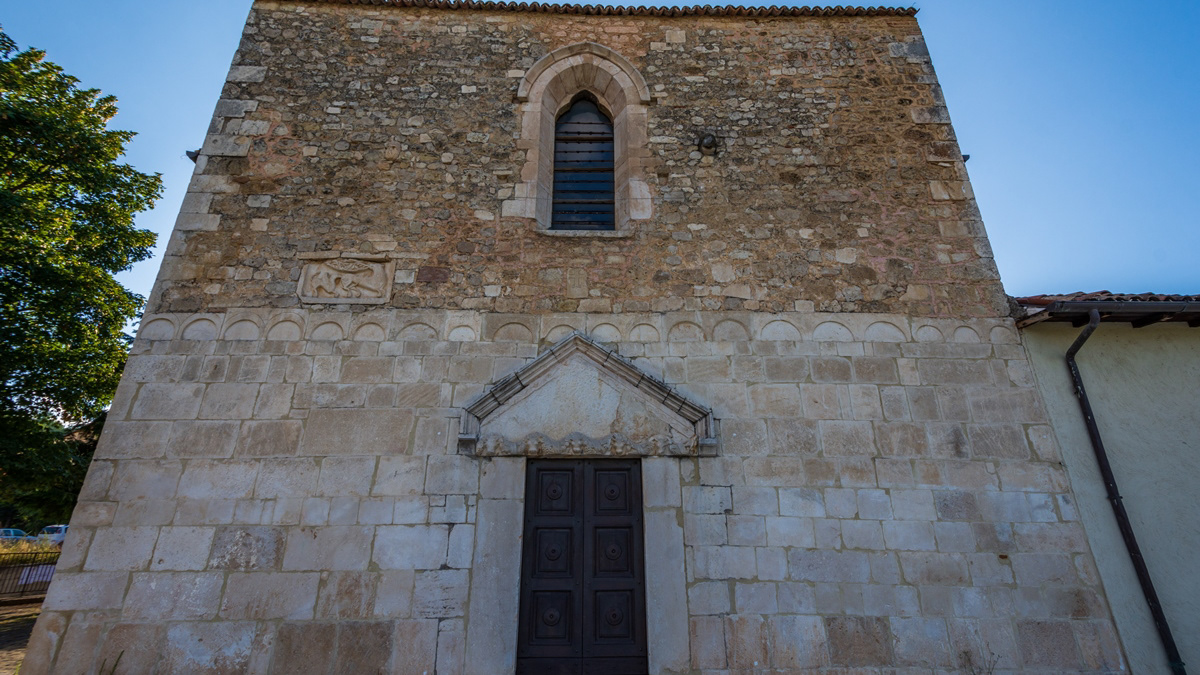
2018
Coppito (AQ) - Church of San Pietro Apostolo
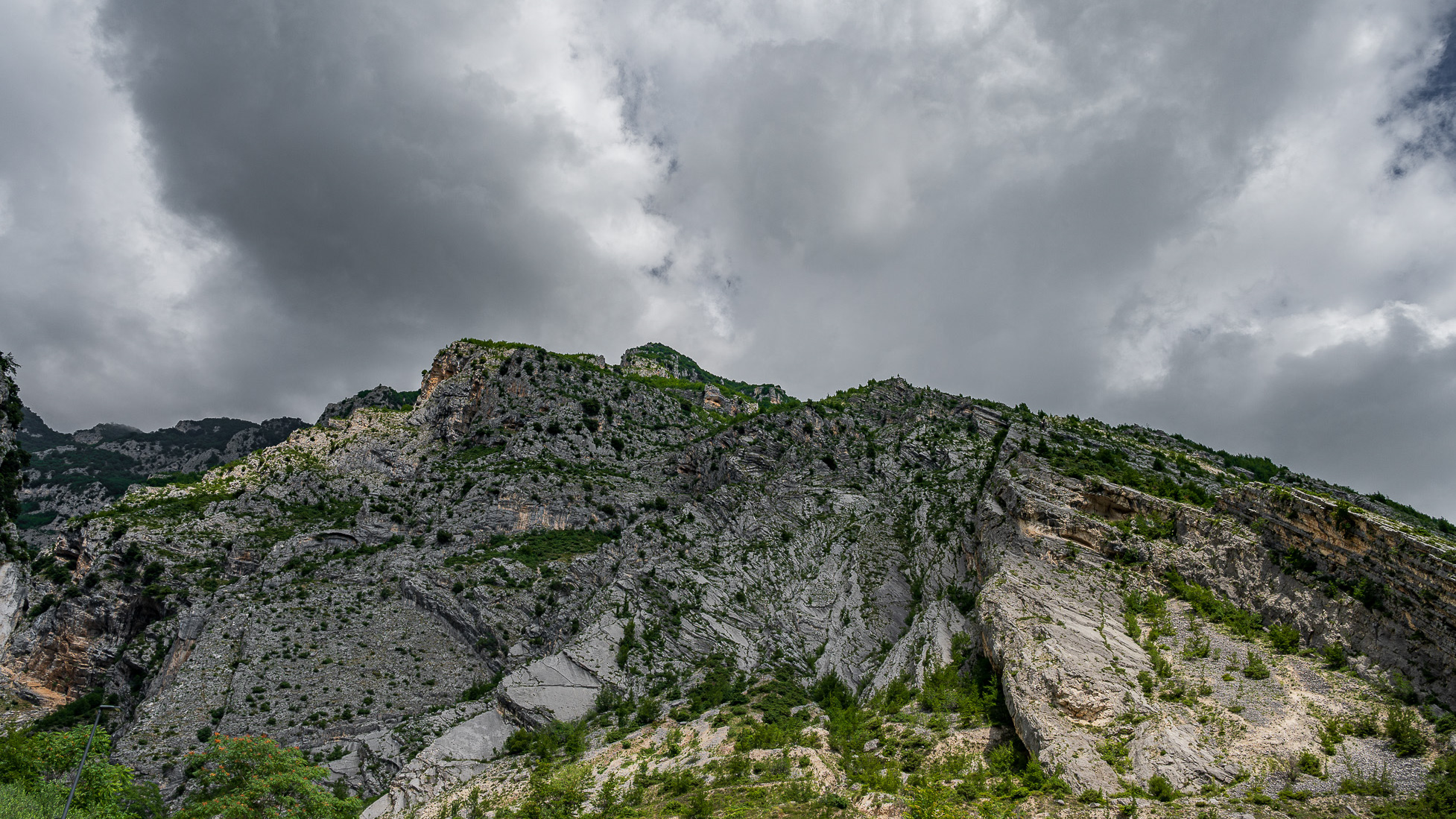
2023
Fara San Martino. The Gorges of San Martino
the Gole di San Martino opens with a narrow passage from the high rocky walls on the eastern slope of the Maiella, just outside the town of Fara. This is the beginning of the gorge-like valley that leads to the highest peak of the Maiella, Monte Amaro (2793 m), and includes the wildest territories of the entire massif with a 14 km long route and a difference in height of 2300 m . It can be divided into three parts: the Valle di S. Spirito, the Valle di Macchia Lunga and the Val Cannella. The latter ends with a glacial cirque in the center of which is the Manzini refuge. According to popular tradition, these suggestive gorges, just 2 m wide and about 30 m long, were opened by San Martino with the strength of his arms to allow the people of Fares to access the high pastures of the Majella more quickly. After walking a few meters, you can see the monastery of San Martino in Valle which an archaeological excavation has recently brought to light. In reality, this remarkable scenario was produced by the erosive and incessant action of the torrential waters coming from the melting of the surrounding snowfields during the Quaternary, in particular during the glaciations. With an evident franapoggio stratification that highlights the oldest terms as you go up, the oldest rocks of the Maiella emerge here, represented by beige-hazelnut platform limestones dating back to the lower Cretaceous. They contain fossil remains of algae and benthic foraminifera. Near the monastery, it is possible to observe an outcrop full of rudists, lamellibranchs who build cliffs now extinct but clearly visible in Maiella on Cima Murelle.
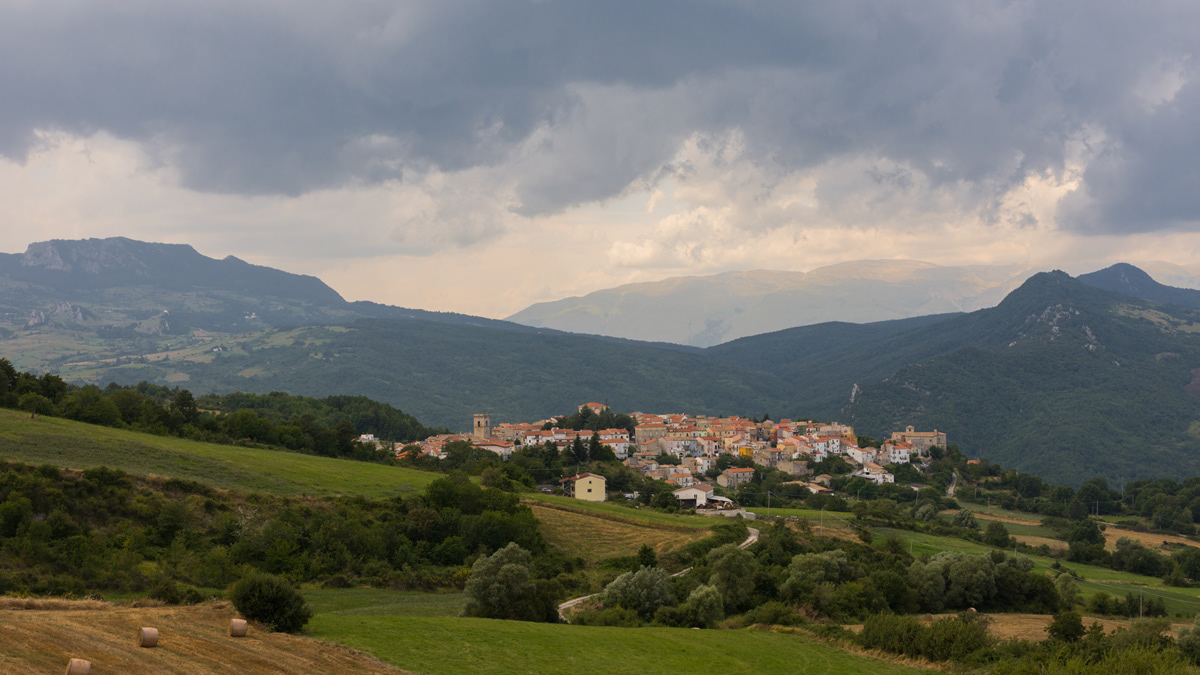
2016
Borrello (CH)
The village of Borrello, as also handed down by Benedetto Croce, was a fief of the Borrello family: the Abruzzo philosopher claims to have found a document from the year 1000 which would suggest some lordship of this family already at the end of the 10th century. In fact, the news is also confirmed in the most ancient historical sources, consulted and collected in the eighteenth century also by Antinori for the drafting of his Annali degli Abruzzi, in which the progenitor of the dynasty, a certain Borrello from whom the Castle then took its name and he perpetuated it over the centuries, he would have been a Frankish leader linked to the Counts of the Marsi. Croce, on the other hand, asserts that the family descends from some exponent of the Borel family of French origin.
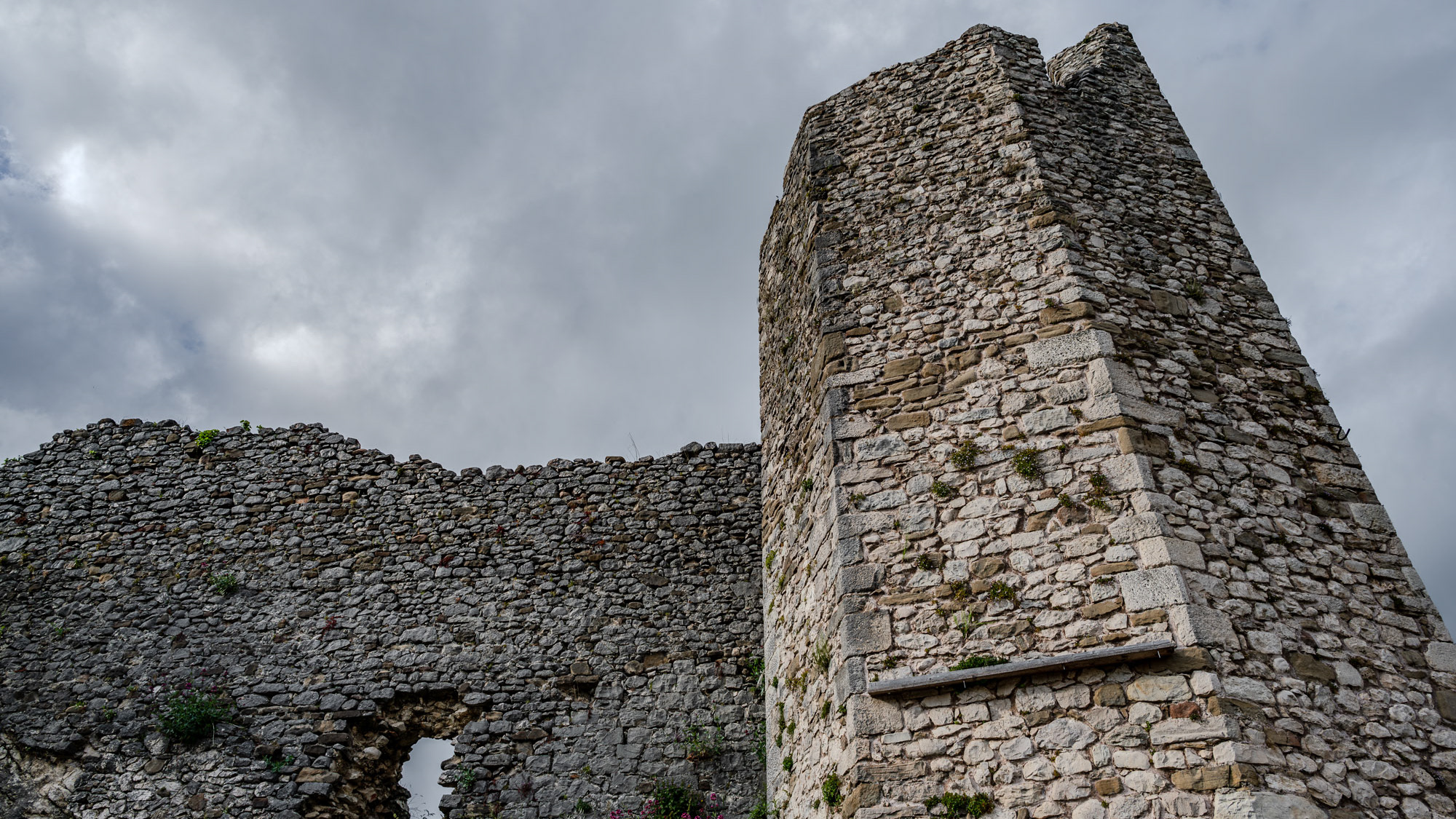
2024
Alfedena. The Castle
Alfedena Castle is the ruin of a castle dating back to the 10th-11th century in the Italian municipality of the same name of which an octagonal tower and parts of the walls remain. The ruins are located in a dominant position over the town, along Via Luigi De Amicis. The wall rests its foundations directly on the rocky thickness of the mountain hill overlooking Alfedena, has an irregular circular appearance, with multiple layers of walls, and double curtain walls with fornix-shaped entrances are preserved. The tower, although cut off at the top, is the best preserved element. The castle was founded around the 10th century by the Frankish lords, who divided the county of Marsi between them. In fact, Alfedena was among these possessions and, on top of the castle hill, a fortified tower was built, which communicated with those of the other villages, such as Scontrone, Castel di Sangro and Barrea. The tower with an irregular plan was rebuilt in the 13th century, as demonstrated by the octagonal structure, perhaps before it had a cylindrical base, the fact is that it testifies to the ancient function of the castle, which was that of lookout, guarding the town below, developed from the 14th century onwards, and together with the fortified enclosure, it also served as a shelter for citizens during periods of emergency, such as sieges. In the 14th century it was a fiefdom of Simone Di Sangro, the rich family from the Peligna valley, who had various fiefdoms, only to then pass to Giacomo Caldora in 1422. In 1456 a serious earthquake damaged the castle, which slowly lost the ancient central function of Alfedena, given that the main political and economic activities developed further and further downstream, along the Pescasseroli-Candela sheep track. The castle was enfeoffed during the Spanish viceroyalty to various lords, but it never returned to its ancient functions, it was damaged again by the Maiella earthquake of 1706, then by the earthquakes of 1915 (Marsica earthquake) and 1984, being restored only in the first years 2000, to be visited as a panoramic location, together with the octagonal tower.
2025
Lake Barrea. Glimpses of summer
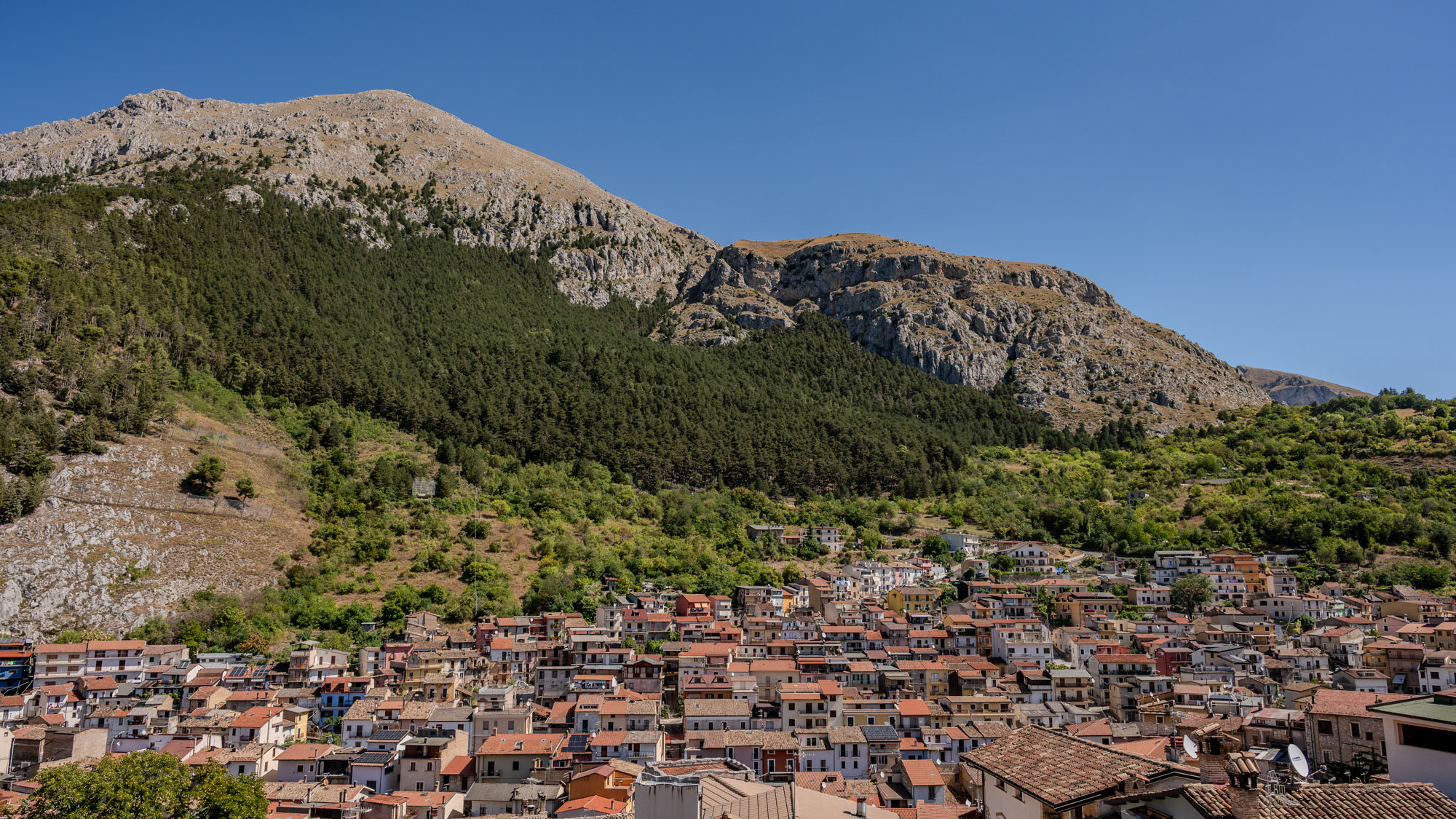
2024
Celano and the Fucino Plain
Celano is a splendid town in Abruzzo, overlooking the Fucino plain, composed of a medieval village which in the upper part still preserves the Castle dating back to the 14th century.
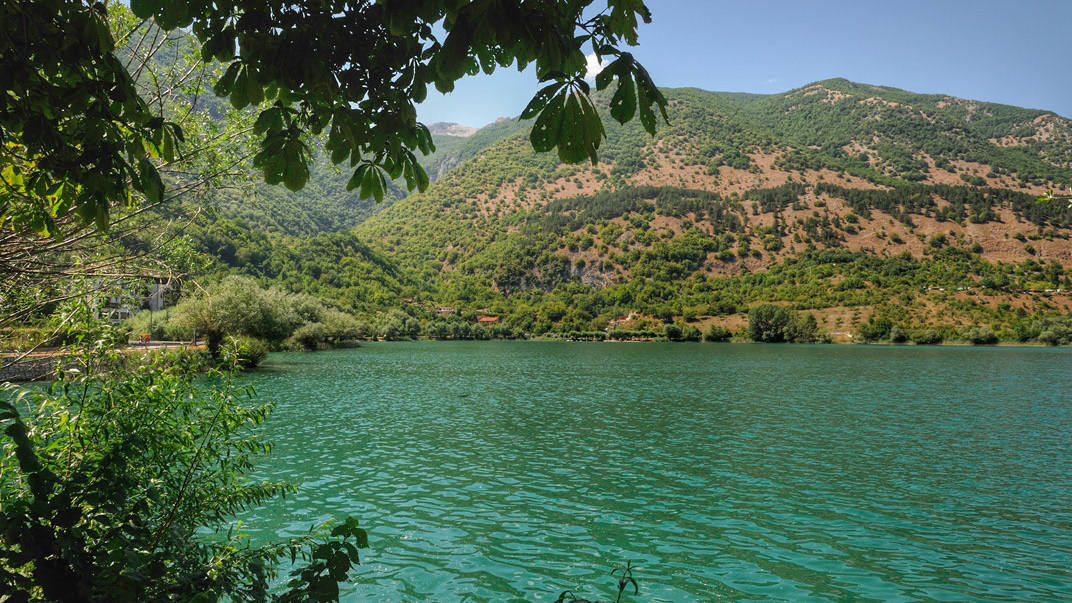
2016
The Lake of Scanno (AQ)
Lake Scanno, belonging for three quarters to the municipality of Villalago and for a quarter to that of Scanno, is located in Abruzzo, in the lower province of L'Aquila, between the Marsicani Mountains, in the upper valley of the Sagittario river, which originated for a ancient landslide that broke off from Mount Genzana above, between 12,820 and 3,000 years ago, which blocked the river Tasso.

2018
L'Aquila - Basilica of San Bernardino
The basilica of San Bernardino is a religious building in L'Aquila, located in the quarter of Santa Maria. It was built, with the adjacent convent, between 1454 and 1472 in honor of San Bernardino da Siena, whose remains are kept inside the mausoleum of the Saint built by Silvestro dell'Aquila. The façade, erected in the following century by Cola dell'Amatrice with Michelangelo's influences, is considered the highest expression of Renaissance architecture in Abruzzo. The interior, in Baroque style, is due to the reconstruction of the building following the earthquake of 1703 by several designers - including certainly Filippo Barigioni, Sebastiano Cipriani and Giovan Battista Contini - and preserves important works of art by Andrea della Robbia, Francesco Bedeschini, Pompeo Cesura, Rinaldo Fiammingo and Donato Teodoro, in addition to the aforementioned Silvestro dell'Aquila, also author of the mausoleum of Maria Pereyra Camponeschi. The carved wooden ceiling decorated with pure gold is the work of Ferdinando Mosca. It was included in the list of national monumental buildings in 1902 and elevated to the rank of minor basilica by Pope Pius XII in 1946. Due to the earthquake of 2009 which severely damaged the apse and the bell tower, the basilica was subjected to repair and consolidation works and was reopened in 2015.

2020
L'Aquila. Basilica of San Bernardino - 2019
The church of San Bernardino is located at the end of the homonymous and scenic staircase, in the historic center of L'Aquila, about 600 m from the Spanish Fort. The construction of a church that worthily guarded the remains of San Bernardino da Siena (1380-1444) - the persuasive preacher of the Order of the Friars Minor who died in L'Aquila and proclaimed a saint in 1450 - was strongly desired by the influential friar Giovanni da Capistrano. At first the conventual friars opposed the construction of the church, however the works were started and completed between 1454 and 1472. The earthquake of 1703 seriously damaged the church, which was renovated according to the stylistic and architectural methods of the time. In 1946, at the behest of Pope Pius XII, the church received the honorary title of minor basilica.
